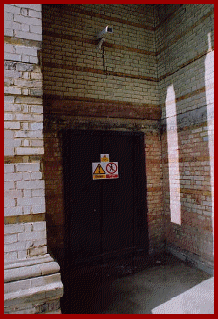| ||||||||||||||||||||||||||||||
Welcome to the | ||||||||||||||||||||||||||||||
 | ||||||||||||||||||||||||||||||
 | ||||||||||||||||||||||||||||||
All you need to know about lenses, | ||||||||||||||||||||||||||||||
Technical & Engineering Information about CCTV Lenses (continued) Whenever you look at the quoted maximum aperture of a lens (the 'f' number, usually f 1.4 or f 2 for example) the calculation of the optics light gathering capabilities is actually relative to a number of key factors. Apart from the light transmission characteristics of the glass used (which with the exception of ‘ED’ or Extra Low Dispersion Glass, is hardly if ever mentioned by the manufacturers), there is also the number and shape of individual lens elements, and the quality of lens coatings which can affect the transmission of light through the lens. Or to put it another way, with longer focal length lenses such as the 50mm or 75mm f 1.4, they have to use a large front optic in order to capture enough light to produce a good useable image, under poor lighting conditions. Now when you look at powerful zoom lenses, the manufacturer might say that a particular optic is a ‘fast’ f1.6, but what they’re not telling you is this is based on a measurement taken at the shortest focal length. Make the focal length longer (by zooming in) and the performance will begin to suffer under low light conditions. In fact, if the auto iris opens (imperceptibly) to compensate for the lack of ‘light gathering’ as the lens is zoomed in to a distant target, the effect on screen can often be that the optical performance begins to look significantly worse, than if the same adjustment had been made during bright light conditions. If the camera is secreted behind an opague or semi discreet ‘dome’, then this will further increase the problems caused by effectively reducing the amount of light reaching the cameras imager; and of course, with less light passing through the lens, as the aperture opens to compensate, not only does the optical performance degrade, but so too does the Depth of Field. One other point to consider, is that optical performance also varies throughout the zoom range. As the complex lens groups are moved in position relative to each other, the optimum point for maximum optical performance is generally around the 60 - 70% of zoom ratio; or to explain it another way, with a 12.5 - 75mm lens, the best optical | ||||||||||||||||||||||||||||||
 | ||||||||||||||||||||||||||||||
IMPORTANT: No material may be reproduced, copied or redistributed from this site, © doktorjon.co.uk 2004 - 2008 Homepage...:...Gateway...:...Technical Gateway....:....Quickfind Index....:....Equipment Directory | ||||||||||||||||||||||||||||||

